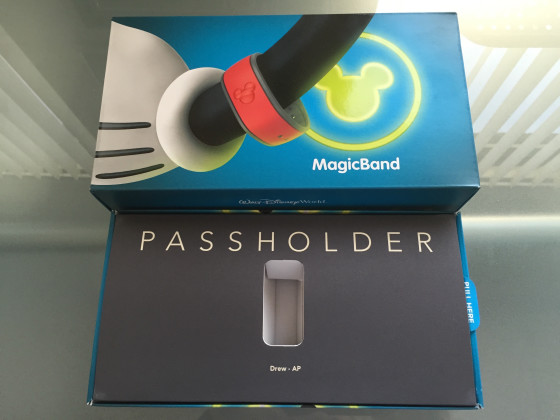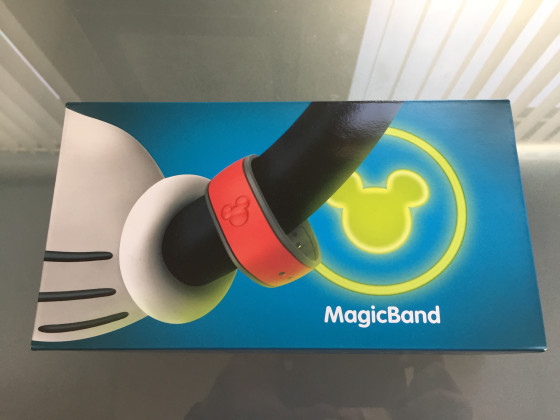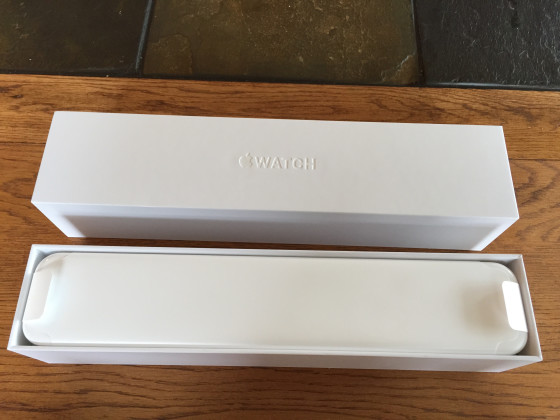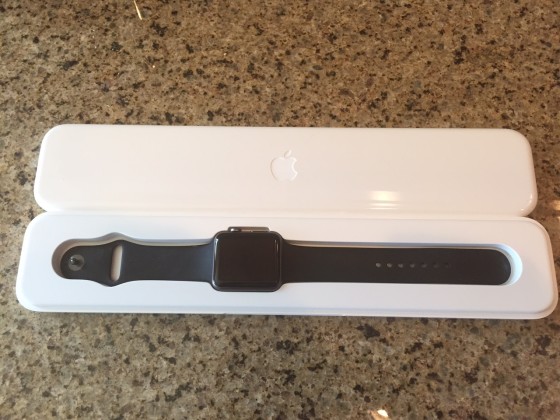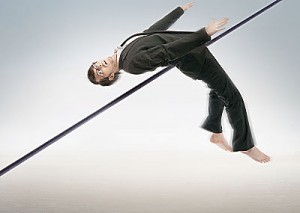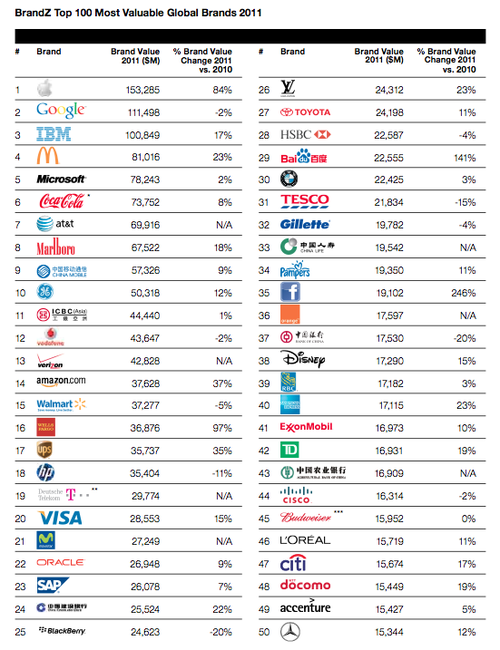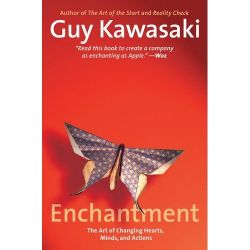October 10, 2011
I can’t remember a world mourning the loss of a business leader like we’ve witnessed this past week after the announcement of Steve Job’s death. The fact that FEEL the loss, that we GRIEVE this man’s passing and that we WORRY that no one can take his place tells you something.
What other business leader do you have genuine feelings for? What other CEO’s speech did you search for on YouTube? For me, the answer is no one.
As I read, watched and listened to the many eulogies and memorials written for Steve, I kept thinking — but how does who and what Steve Jobs was all about relate to you and me?
Odds are, we aren’t going to work for a company like Apple. We aren’t going to bring products to market that literally re-define the category. We aren’t going to have hundreds of thousands of people downloading our “state of the company” addresses.
So what’s the take away? Other than loving our Apple products and marveling at how they’ve changed our behaviors and habits — how can we emulate the legacy of Steve Jobs when we’re just average Joes?
I believe that Steve Jobs was genuine and that he would have been the same Steve Jobs had he run a hardware store or worked in obscurity for his lifetime. Here’s what I think he would have been like, no matter what, and what you and I can strive for:
He believed with his whole heart in what he was doing: There were plenty of naysayers and we all seem to forget that Steve and Apple had a falling out. But he believed in it to his core. He believed in it enough to go back and try again.
How about you? Do you believe in your product/service to that degree? If the company fired you…. would you fight to get back there to finish what you started?
He understood the power of simplicity: Whether it was a speech or a product, Jobs boiled things down to the essential and then made it easy for us to grasp. He didn’t blather on — he told us a story that led to one core message that we could remember and re-tell.
Take a look at your website, your brochures, your sales proposals and your presentations. Are you trying to shove five pounds worth of information and bullet points into a one pound bag? At a glance… could I tell you the most important takeaway?
He knew you couldn’t fake it long term: The man was who he was, warts and all. He didn’t try to be anything different. He knew he couldn’t sustain it. He didn’t wear ties because a meeting was important. He didn’t hide his giddiness over a new product because it would be unprofessional. He wore his heart on his sleeve because he understood that for many people — he was the brand. And brands are all about consistency and trust.
If I visit your office, your website or your home — do I see the same person? Do I recognize the same values and beliefs? Even if you don’t own the joint — surely you want to work for a company that shares your values, don’t you? Do you not allow your business contacts to be Facebook friends because they might see something you don’t want them to?
He understood marketing: Watch this very old and so so quality video as a very young Steve Jobs talks about marketing and brands. He got it. I think much of his success can be tied to his understanding that every company, big or small, needs to stand for something.
If you asked your clients what your company was all about — would they list what you sell or would they talk about what you believe? (Email subscribers — click here to watch the video)
[youtube]http://www.youtube.com/watch?v=vmG9jzCHtSQ&feature=channel_video_title[/youtube]
No matter what you do — you can bring a little of Steve’s heart and business acumen to your work.
Godspeed Steve Jobs — thanks for reminding all of us how it should be done.
HT to our friends at brand dna for reminding me that this video was worth sharing.
More
